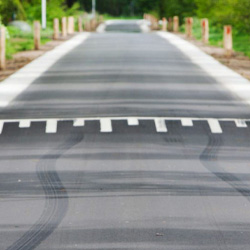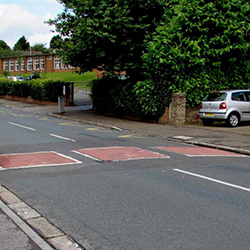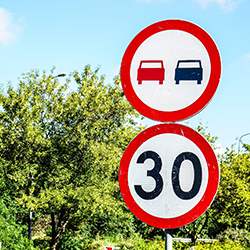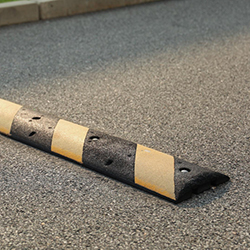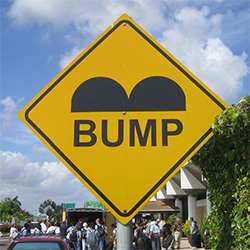Understanding Speed Bumps: Characteristics and Usage
Speed bumps are raised areas of pavement typically designed to slow down vehicles on roadways. They are often installed in residential areas, parking lots, and near schools to ensure pedestrian safety.
The dimensions of speed bumps can vary, but they generally range from two to six inches in height and one to three feet in width. The height of the bump plays a crucial role in its effectiveness, as higher bumps force drivers to reduce their speed more significantly to avoid discomfort or vehicle damage.
Continue reading “Understanding Speed Bumps: Characteristics and Usage” »


